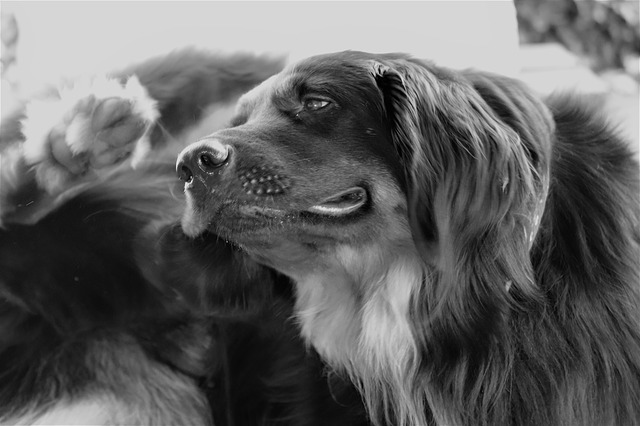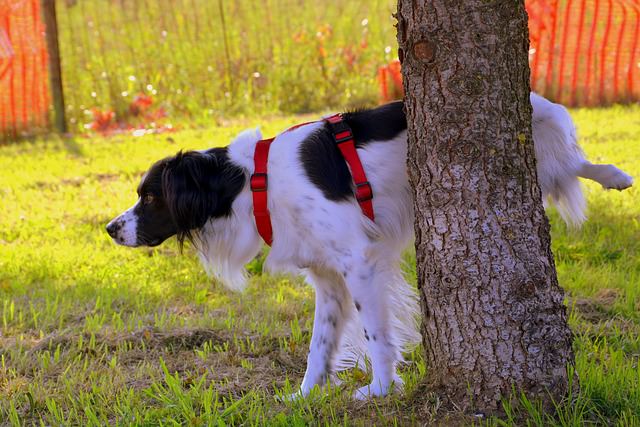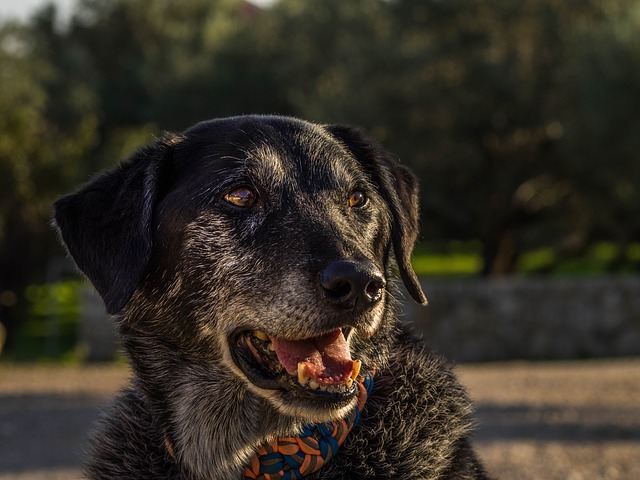Dogs have a lot going on – they’re way more complex than some people might think they are! There are few things you could say about dogs that would really, truly apply to all dogs, because they’re all such unique individuals! Still, there are things we say or believe about dogs that aren’t absolutely true. Have you ever fallen for any of these too-often believed myths?
1. Warm Dry Noses

Most people will tell you a dog’s nose is supposed to be cold and wet. What is the saying; cold nose, warm heart? With this theory, if a dog’s nose suddenly becomes warm and dry, there may be health issues looming. Not necessarily true.
If an owner is concerned with their dog’s dry nostrils, they should take the dog’s temperature and look for other symptoms such as lethargy, vomiting or diarrhea. This myth may have come from long ago, before vaccinations, when distemper was still a major threat among the canine community. One of the symptoms of distemper is the thickening of the nose and footpads.
2. The Sweet Spot

Scratch a dog in a certain area, usually their belly or in their “saddle” region and the dog’s leg will start to twitch and jump with what one may believe to be joy and pleasure. Most people will seek out the spot, time and again, with the assumption it makes their dogs happy.
Dogs give no evidence to the contrary. What humans don’t realize it they’re triggering a reflex caused by an irritant. Rubbing the dog in a certain area sets off a chain reaction of nerves, telling the dog to scratch an irritating itch. The harder the rub, the faster the leg goes and the itch still remains.
3. “X” Marks the Spot

Some dogs (Usually male, occasionally female) lift their leg to pee. All puppies squat to urinate, but somewhere before the onset of puberty, most males will start to lift, whether they’ve been neutered or not. It has nothing to do with hormones; it all has to do with tagging.
Dogs like to let other dogs know where they’ve been. By lifting the leg, it allows the urine to spray higher, closer to nose level. When another dog happens by they’ll get the whiff of who’s gone before and add their “signature” to the place.
4. Old Dogs

As the saying goes “Old dogs can’t learn new tricks.” The saying is wrong, inaccurate and not fair to older dogs. A dog, no matter his age, can learn new things and would love the opportunity to do so. There may be some senior dogs that are set in their ways. It doesn’t mean they can’t learn, only that the training should be more creative to pique interest.
All dogs, young and old, require mental stimulation. Training an old dog to do something new will keep his mind healthy, even if his body doesn’t move as fast as it once did.
5. Wait For It

There are a fair amount of new owners who hold the belief that training should not begin until at least six months of age. It is thought that this is when dogs begin to “mature” and grasp what is being taught. Nope!
Training should begin as soon as the puppy comes home. Puppies, like children, need to have boundaries established, routine in place and good manners need to be taught. If an owner waits until the age of six months, they may have a rough road ahead of them with behaviors that could have been nipped sooner.
Competitive sports training, on the other hand, should not begin before the age of two. By two, a puppy’s joints, muscles and tendons are more stable and able to withstand the shock of repetitive competition training.
